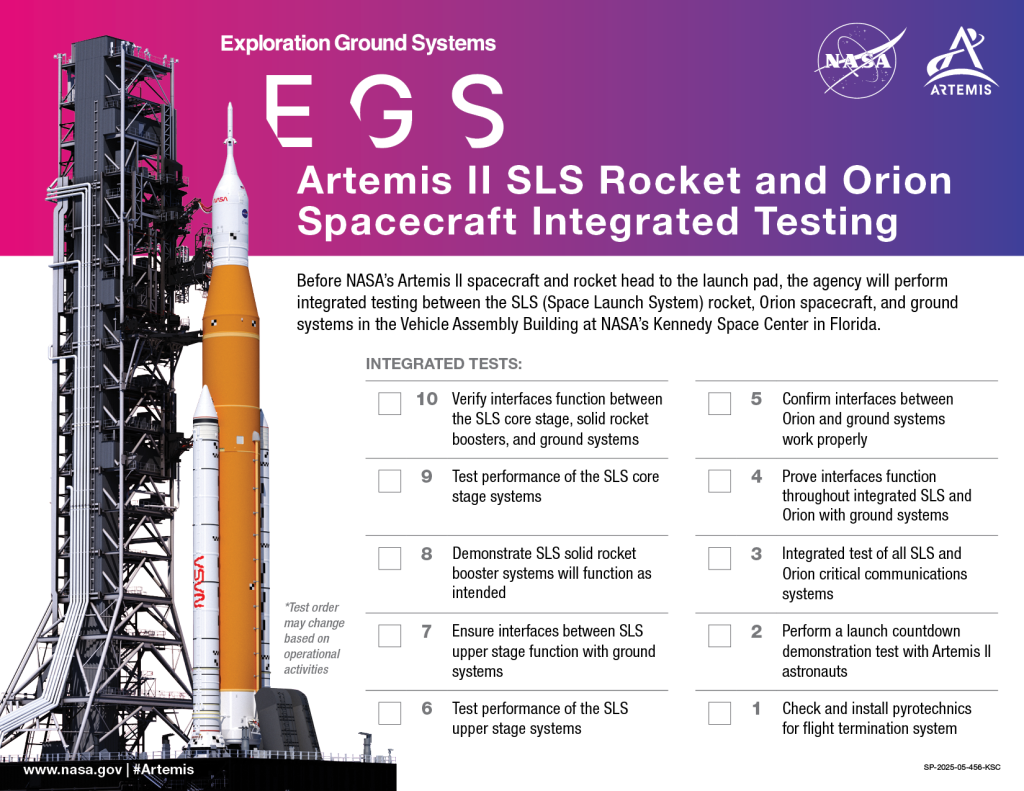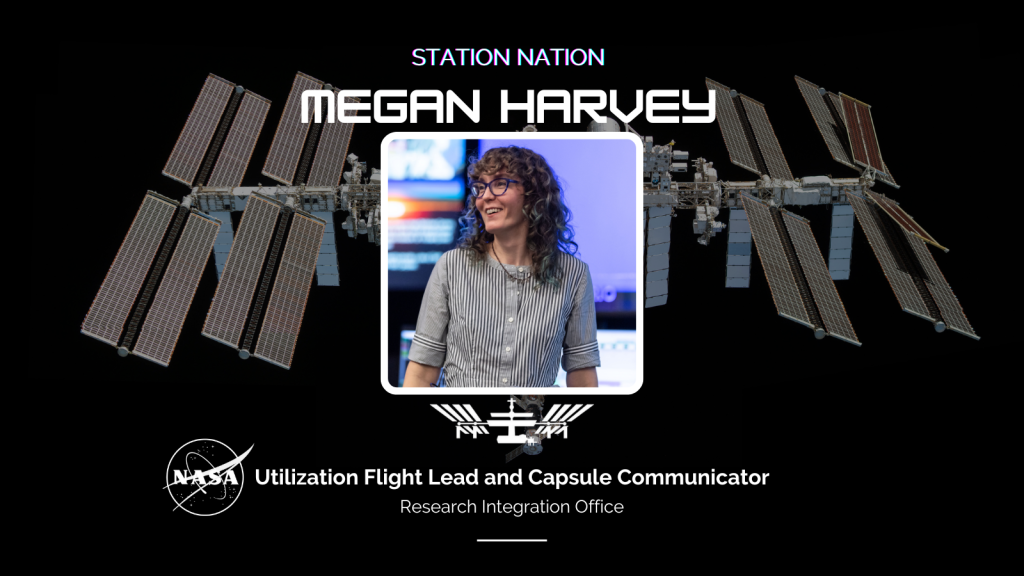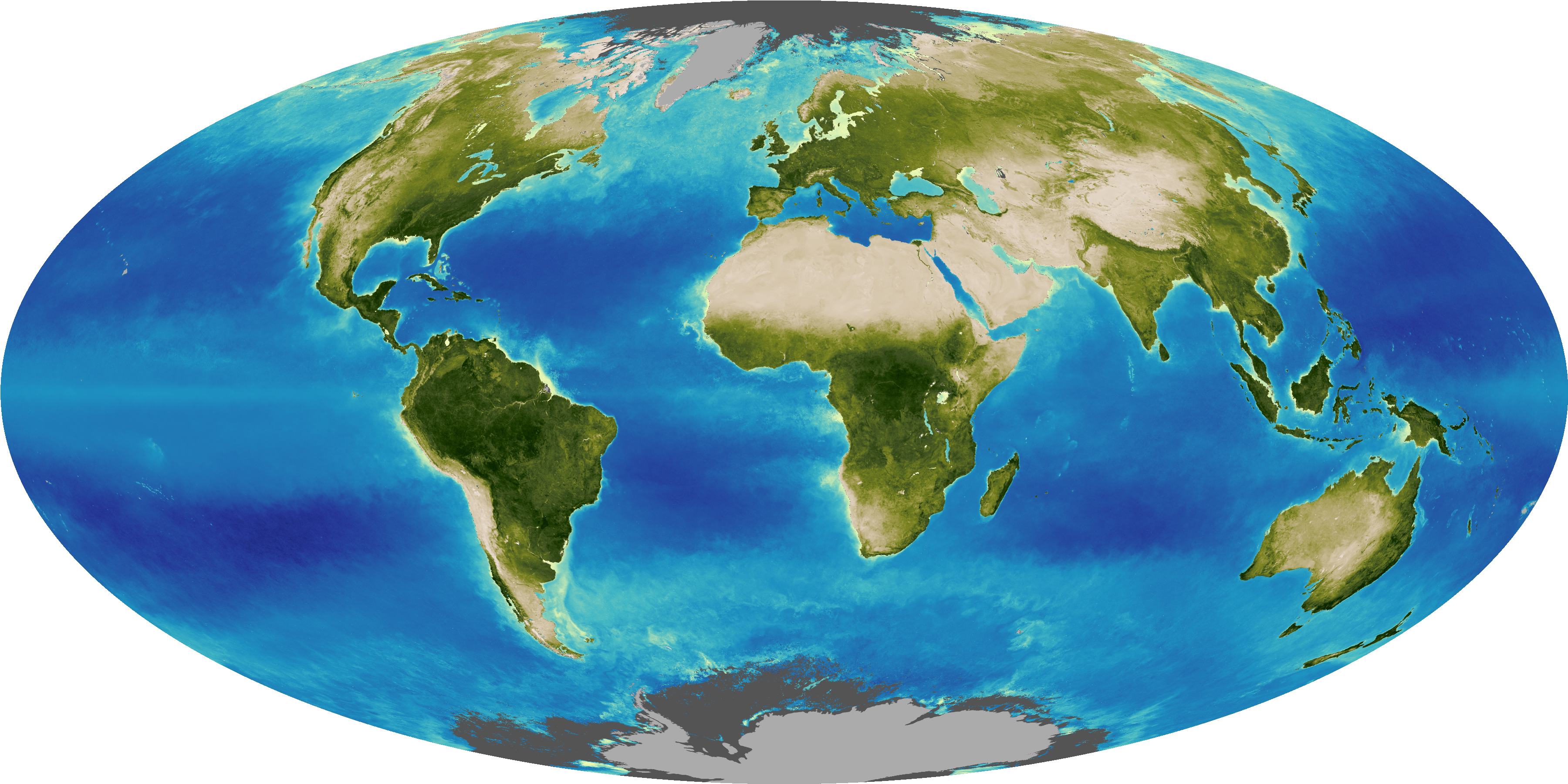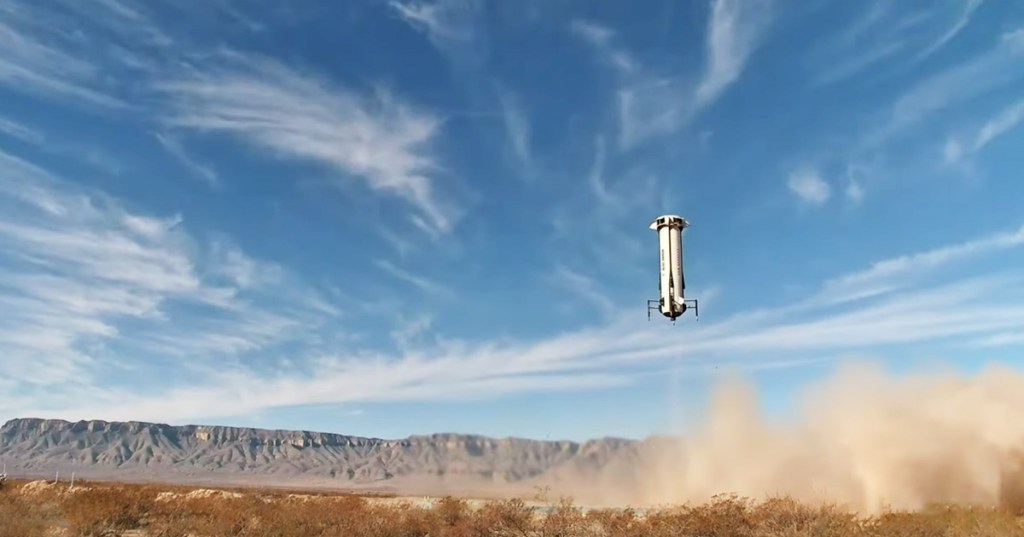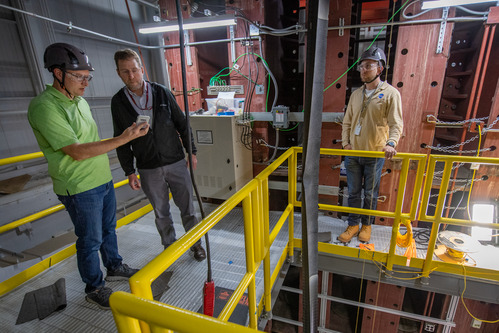The focus of MSL operations continues to be on the analysis of the Duluth drill sample.
The focus of MSL operations continues to be on the analysis of the Duluth drill sample. The latest SAM EGA was scheduled for the evening of Sol 2072, so the results of that analysis have not been received yet. Both SAM and CheMin analyses require significant power, and can therefore not typically be scheduled on the same day. So today it's CheMin's turn to analyze the the Duluth sample again, to improve the statistics of the X-ray diffraction measurements. The uplink team was also able to squeeze in a few daytime observations before the overnight CheMin analysis: Right Mastcam images of Noodle Lake, the Duluth drill tailings, and the portion drop area to look for changes due to winds, Mastcam images of the Sun to measure dust opacity, and a Navcam zenith movie to look for clouds. These observations should be helpful in determining the frequency, strength, and direction of winds near the surface and high above the rover. Such information will be very useful if the science team decides to drop another sample portion into either CheMin or SAM using the new sample transfer technique, as high winds can disperse the portion before it makes it into the instruments.
Written by Kenneth Herkenhoff, Planetary Geologist at USGS Astrogeology Science Center





